2,6-Dichlorobenzonitrile
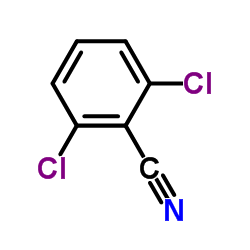
2,6-Dichlorobenzonitrile structure
|
Common Name | 2,6-Dichlorobenzonitrile | ||
|---|---|---|---|---|
| CAS Number | 1194-65-6 | Molecular Weight | 172.011 | |
| Density | 1.4±0.1 g/cm3 | Boiling Point | 279.2±20.0 °C at 760 mmHg | |
| Molecular Formula | C7H3Cl2N | Melting Point | 143-146 °C(lit.) | |
| MSDS | Chinese USA | Flash Point | 126.8±16.0 °C | |
| Symbol |


GHS07, GHS09 |
Signal Word | Warning | |
| Name | 2,6-dichlorobenzonitrile |
|---|---|
| Synonym | More Synonyms |
| Density | 1.4±0.1 g/cm3 |
|---|---|
| Boiling Point | 279.2±20.0 °C at 760 mmHg |
| Melting Point | 143-146 °C(lit.) |
| Molecular Formula | C7H3Cl2N |
| Molecular Weight | 172.011 |
| Flash Point | 126.8±16.0 °C |
| Exact Mass | 170.964249 |
| PSA | 23.79000 |
| LogP | 2.79 |
| Vapour Pressure | 0.0±0.6 mmHg at 25°C |
| Index of Refraction | 1.584 |
| InChIKey | YOYAIZYFCNQIRF-UHFFFAOYSA-N |
| SMILES | N#Cc1c(Cl)cccc1Cl |
| Storage condition | 0-6°C |
| Water Solubility | 25 mg/L (25 ºC) |
CHEMICAL IDENTIFICATION
HEALTH HAZARD DATAACUTE TOXICITY DATA
|
| Symbol |


GHS07, GHS09 |
|---|---|
| Signal Word | Warning |
| Hazard Statements | H312-H411 |
| Precautionary Statements | P273-P280 |
| Personal Protective Equipment | dust mask type N95 (US);Eyeshields;Gloves |
| Hazard Codes | Xn:Harmful |
| Risk Phrases | R21;R51/53 |
| Safety Phrases | S36/37-S61 |
| RIDADR | UN 3077 9/PG 3 |
| WGK Germany | 2 |
| RTECS | DI3500000 |
| Packaging Group | III |
| Hazard Class | 9 |
| HS Code | 2926909090 |
| Precursor 10 | |
|---|---|
| DownStream 10 | |
| HS Code | 2926909090 |
|---|---|
| Summary | HS:2926909090 other nitrile-function compounds VAT:17.0% Tax rebate rate:9.0% Supervision conditions:none MFN tariff:6.5% General tariff:30.0% |
|
The fragile Fiber1 kinesin contributes to cortical microtubule-mediated trafficking of cell wall components.
Plant Physiol. 167 , 780-92, (2015) The cell wall consists of cellulose microfibrils embedded within a matrix of hemicellulose and pectin. Cellulose microfibrils are synthesized at the plasma membrane, whereas matrix polysaccharides are... |
|
|
Microbial degradation of the benzonitrile herbicides dichlobenil, bromoxynil and ioxynil in soil and subsurface environments--insights into degradation pathways, persistent metabolites and involved degrader organisms.
Environ. Pollut. 154(2) , 155-68, (2008) The benzonitriles dichlobenil, bromoxynil and ioxynil are important broad-spectrum or selective herbicides used in agriculture, orchards and public areas worldwide. The dichlobenil metabolite 2,6-dich... |
|
|
Study of Cytotoxic Effects of Benzonitrile Pesticides.
Biomed Res. Int. 2015 , 381264, (2015) The benzonitrile herbicides bromoxynil, chloroxynil, dichlobenil, and ioxynil have been used actively worldwide to control weeds in agriculture since 1970s. Even though dichlobenil is prohibited in EU... |
| 2,6-DICHLOROBENZNITRILE |
| 2,6-Dichlor-benzoesaeure-aethylester |
| 2,6-Dichlorobenzonitrile,Dichlobenil |
| Casaron |
| Dichlobenil |
| EINECS 214-787-5 |
| 2,6-Dichlorobenzonitrile |
| Casoron G |
| Ethyl-2,6-dichlorbenzoat |
| Niagara 5996 |
| 2,6-DICHLORO BENZONITRILE |
| 2,5-DICHLORO-3,4,6-TRIFLUOROBENZENETHIOL |
| 2,6-Dichlorocyanobenzene |
| 2,6-Dichlorophenyl cyanide |
| 2,6-dichloro-benzonitrile |
| NCR BG FG |
| 2,6-dichloro-benzoic acid ethyl ester |
| MFCD00001781 |
| Benzonitrile, 2,6-dichloro- |
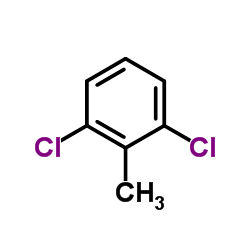 CAS#:118-69-4
CAS#:118-69-4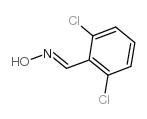 CAS#:25185-95-9
CAS#:25185-95-9 CAS#:19393-92-1
CAS#:19393-92-1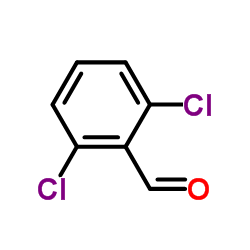 CAS#:83-38-5
CAS#:83-38-5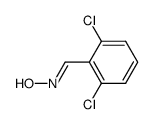 CAS#:6575-28-6
CAS#:6575-28-6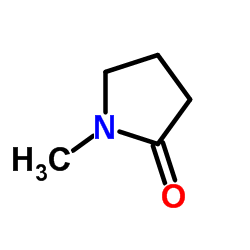 CAS#:872-50-4
CAS#:872-50-4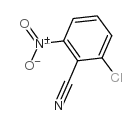 CAS#:6575-07-1
CAS#:6575-07-1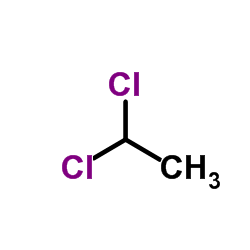 CAS#:75-34-3
CAS#:75-34-3 CAS#:557-21-1
CAS#:557-21-1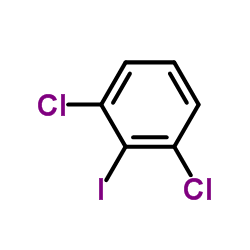 CAS#:19230-28-5
CAS#:19230-28-5 CAS#:35822-46-9
CAS#:35822-46-9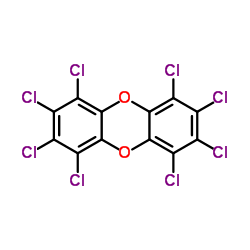 CAS#:3268-87-9
CAS#:3268-87-9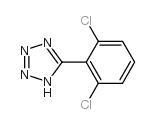 CAS#:50907-31-8
CAS#:50907-31-8 CAS#:93624-57-8
CAS#:93624-57-8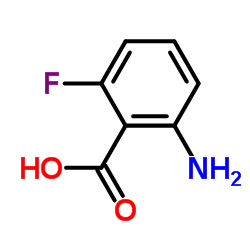 CAS#:434-76-4
CAS#:434-76-4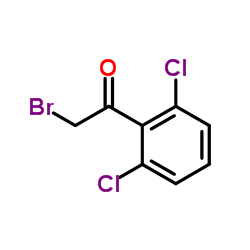 CAS#:81547-72-0
CAS#:81547-72-0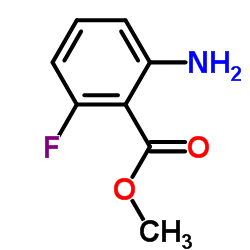 CAS#:86505-94-4
CAS#:86505-94-4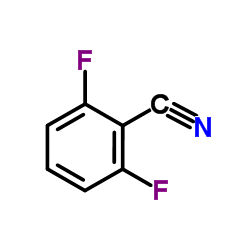 CAS#:1897-52-5
CAS#:1897-52-5 CAS#:668-45-1
CAS#:668-45-1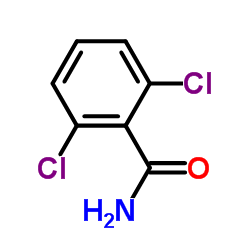 CAS#:2008-58-4
CAS#:2008-58-4
